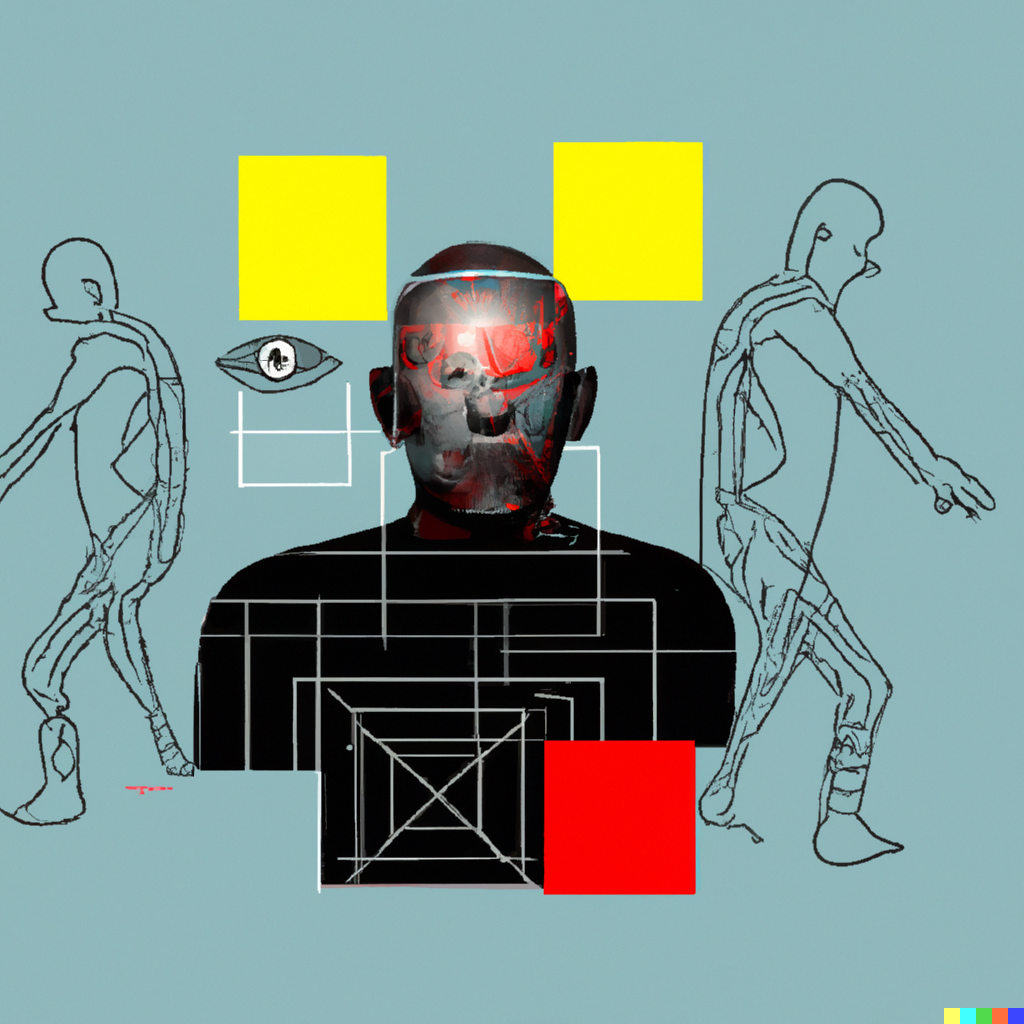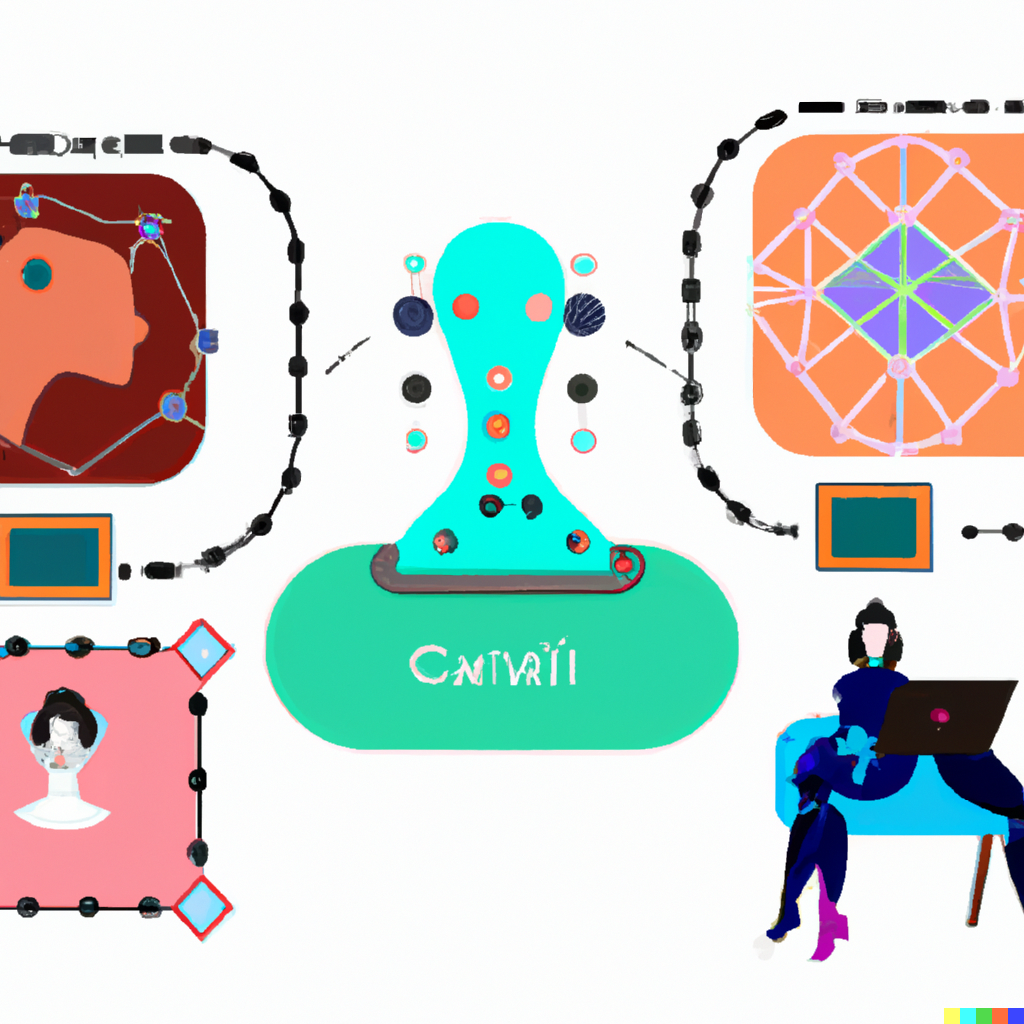A guest contribution by ChatGPT
Note: this article was purely created with ChatGPT, using the prompt „write an interesting article about the latest developments in generative AI and the future outlook of AI with real-life examples. Include the history, opportunities and risks.“
The images used in this article were created with DALL·E 2, using the prompt „create an interesting visual for an article on generative ai“.
Generative AI refers to artificial intelligence systems that are able to generate new content, such as text, images, or music, based on a set of input data or algorithms. This type of AI has the potential to revolutionize various industries and has already made significant strides in recent years.
One of the most well-known examples of generative AI is GPT-3, a language generation model developed by OpenAI. GPT-3 is able to generate human-like text based on a given prompt and has been used for a variety of applications, including generating news articles and social media posts. Other examples of generative AI include DeepFake, which uses AI to manipulate or synthesize video or audio content, and StyleGAN, which generates realistic images based on a dataset of images.

The history of generative AI can be traced back to the 1960s, with the development of machine learning algorithms and neural networks. However, it was not until the 2010s that generative AI began to gain significant attention, due in large part to the advancement of hardware and software capabilities.
There are many potential opportunities for generative AI, including the ability to automate content creation, improve efficiency in various industries, and enable the creation of new forms of art and entertainment. For example, generative AI could be used to generate personalized news articles or social media posts, or to design custom products in manufacturing or retail. In the entertainment industry, generative AI could be used to create new music or visual art, or to generate realistic special effects for movies and television.
However, there are also risks associated with generative AI, including the potential for misuse or abuse. For example, DeepFake technology has been used to create fake videos for the purpose of spreading misinformation or creating fake celebrity pornography. Additionally, there are concerns about the impact of generative AI on employment, as it has the potential to automate certain jobs that currently require human labor.

Overall, the future outlook for generative AI is promising, with the potential for significant advancements and innovation in a variety of fields. However, it is important to consider and address the potential risks and ethical implications of this technology as it continues to develop.
